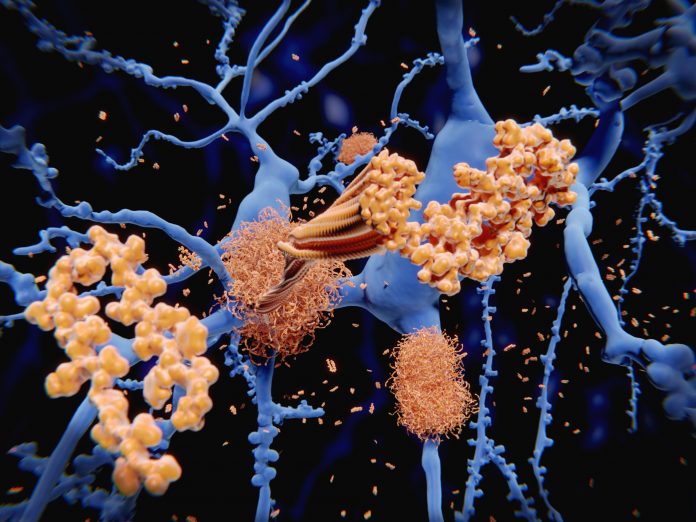Story continues below Advertisement
Skin cancer is the unchecked growth of abnormal cells in your skin. It typically develops in areas most exposed to the sun, such as the scalp, face, lips, ears, neck, chest, arms, hands, and legs. As the head of oncology at Marengo Asia hospitals Faridabad, Dr Sunny Jain emphasises the importance of awareness and prevention in combating this pervasive disease. Adopting certain habits and recognising early symptoms can significantly reduce the incidence and improve the outcomes of skin cancer.
Here are the essential preventive measures and symptoms everyone should be aware of to ensure early detection and successful treatment.
Story continues below Advertisement
Common symptoms of skin cancer
Recognising the symptoms of skin cancer early is crucial for effective treatment. Here are some key indicators:
New or changing spots: One of the primary symptoms of skin cancer is the appearance of a new spot on the skin that was not there before. Additionally, any changes in the size, shape, or colour of an existing spot should be closely monitored. These changes can indicate the growth of abnormal cells and warrant a consultation with a healthcare professional.
Story continues below Advertisement
Non-healing ulcers: Another sign of skin cancer is the presence of a non-healing ulcer on the skin, which may or may not bleed. These ulcers can persist despite typical wound care and can appear anywhere on the body, although they are more common in sun-exposed areas.
Reddish or blackish patches: Skin cancer can also manifest as reddish or blackish patches on the skin. These patches are often more noticeable in areas frequently exposed to the sun, such as the face and arms. The colour changes occur due to the uncontrolled growth of pigment-producing cells.
Wart-like growths: The appearance of wart-like growths on the skin can be another symptom of skin cancer. These growths can vary in color and texture and are often mistaken for benign warts. However, unlike regular warts, they do not respond to typical wart treatments and can indicate a more serious condition.
Story continues below Advertisement
Preventive measures for skin cancer
Prevention plays a vital role in reducing the risk of developing skin cancer. Here are some common habits that can help protect your skin.
Avoid unnecessary sun exposure: Limiting exposure to the sun’s harmful UV rays is one of the most effective ways to prevent skin cancer. Avoiding unnecessary sun exposure, especially during peak hours (10 a.m. to 4 p.m.), can significantly reduce your risk.
Seek shade: When outdoors, seek shade whenever possible. Staying under a tree, umbrella, or shelter can help protect your skin from direct sunlight. This is particularly important during midday hours when the sun’s rays are the strongest.
Wear protective clothing: Wearing clothing that covers your arms and legs provides an additional layer of protection against UV radiation. Long-sleeved shirts, pants, and wide-brimmed hats are excellent choices for minimising sun exposure.
Use broad-spectrum sunscreen: Applying broad-spectrum sunscreen with a sun protection factor (SPF) of 15 or higher is crucial for protecting your skin from both UVA and UVB rays. Make sure to apply sunscreen generously and reapply every two hours, or more frequently if swimming or sweating.
Protect your eyes: The skin around your eyes is particularly sensitive to UV damage. Wearing sunglasses that block both UVA and UVB rays can help protect this delicate area. Look for sunglasses that offer 100% UV protection for maximum safety.









